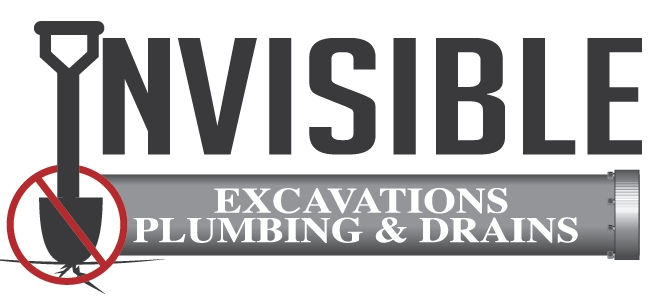According to the American Society of Home Inspectors, over 60% of U.S. homes suffer from belowground wetness, so we can assume that over 60% of U.S. homes also have a sump pump to remove the wetness.
Sump pumps play an extremely important role in keeping basements dry and free of mold.
Several homes – namely those with finished basements – have a second pump. This second pump, called an ejector pump is often located near the washer and dryer. While it performs the same basic functions as a sump pump – removing water – the source and destination of the water are different.
Regardless of which type of pump you have, malfunction means you could have a big mess on your hands. Therefore it’s important to know the difference.
What is a Sump Pump?
Usually located beneath basement floors, sump pumps contain basins that collect water. When the water level in the basin rises to a certain point, it triggers the sump pump to turn on and start directing the water away from your home.
Water collecting in the basin is usually ground water, or water from the soil surrounding your home’s foundation. Small amounts of ground water can threaten your health because it causes mold growth. Larger amounts of ground water, usually as a result of heavy rains or fast melting snows, can lead to flooding.
Because sump pumps are electric and rely on your home’s power supply, many are accompanied by battery back up sump pumps. This way if your home loses power during a storm, the battery back up will still be there to move the water away from your basement.
Sump Pump Installation
If you are moving into or currently live in a home that does not have a sump pump, we highly recommend you research the threat of water in your basement and consider installing a sump pump to keep it clean and dry. There are different types of sump pumps to choose from, but after an inspection of your home and needs, our plumbing technicians can recommend the best type for you.
What is an Ejector Pump?
Just like sump pumps, ejector pumps are usually located beneath basement floors. The main difference; however, is that instead of collecting ground water, they collect water from floor drains, utility sinks and washing machines– often referred to as “grey water” – and from basement bathrooms – often referred to as “wastewater.”
Like all of your home’s plumbing fixtures, the ejector pump will be connected to the main sewer line.
Ejector Pump Installation
If you are planning on adding a washer and dryer, pet washing station or bathroom to your basement, then you will most likely need an ejector pump. Since your home’s plumbing system relies on gravity to move waste away from your home, and your new installation will be below ground in your basement, you’ll need a system to move the grey or wastewater upwards.
Interested in learning more about pump systems and which you need in your basement? Call us today to discuss the options: 216-749-3478.

